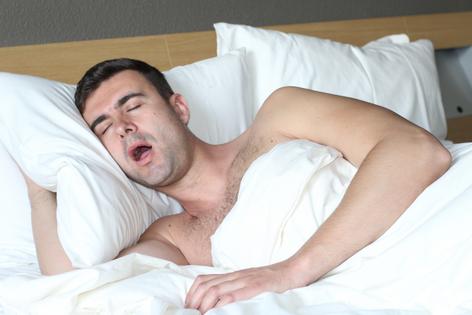Dental appliances for sleep apnea: Do they work?
Published in Health & Fitness
Keeping your partner — or yourself — up at night with loud snoring? This might be more than a nuisance. About 25% of men and nearly 10% of women have obstructive sleep apnea (OSA), a serious sleep disorder characterized by explosive snores, grunts and gasps. Tissue at the back of the throat temporarily obstructs the airway, leading to breathing pauses (apneas) throughout the night. Not only does OSA leave people tired and groggy, but it also puts them at risk for a host of health problems, including high blood pressure, depression and heart disease.
The most effective and best-studied treatment is positive airway pressure (PAP), a small bedside machine that blows air through a mask to prevent your airway from collapsing. But people with mild or moderate OSA sometimes find PAP challenging to use, and often wonder about alternatives. Dental devices (also known as oral appliances) are an option for some people. But do your homework before going this route, cautions Sogol Javaheri, M.D., MPH, MA, a sleep specialist at Harvard-affiliated Brigham and Women’s Hospital.
Who might benefit from a dental device for sleep apnea?
“These devices are supposed to reposition your jaw or tongue to open your upper airway. But they can be really uncomfortable and only work about half the time,” Dr. Javaheri says. It’s hard to predict who might benefit from using an oral device, and people with very mild OSA and few symptoms may not notice any difference. As a result, she generally doesn’t recommend them except for people with mild to moderate OSA or those with severe OSA who can’t tolerate PAP.
Three main categories of dental devices for OSA
Most insurance plans at least partially cover these devices when used for OSA, but not if they’re used for simple snoring. Don’t be tempted to try one unless you’ve been formally diagnosed with OSA, says Javaheri. And even if you have OSA, be sure to call your insurance company so you understand how much is covered before you have a device made.
(Julie Corliss is executive editor of Harvard Heart Letter.)
©2022 Harvard University. For terms of use, please see https://www.health.harvard.edu/terms-of-use. Distributed by Tribune Content Agency, LLC.







Comments